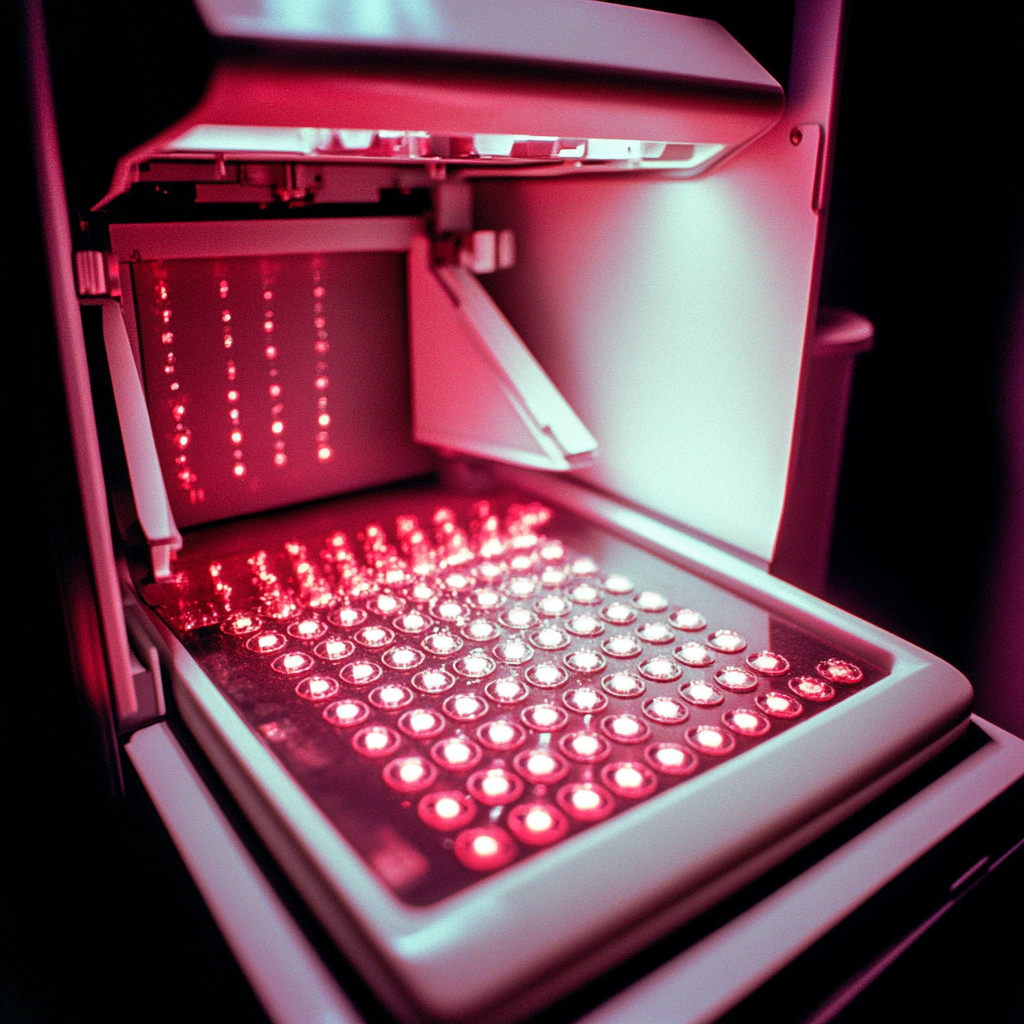Trial Results Explained
The study compared two antiseptics used for cleaning central catheters in intensive care units: one with hypochlorous acid and the other with povidone-iodine. The results showed that:
- The group using hypochlorous acid had fewer infections related to their catheters compared to the group using povidone-iodine.
- Signs of infection at the catheter site were also lower in the hypochlorous acid group.
This means that using hypochlorous acid can help reduce the risk of serious infections for patients with central catheters.
Real-World Opportunities
- Hospitals can start using hypochlorous acid antiseptics for catheter dressings.
- Doctors can educate their teams about the benefits of this antiseptic to improve patient care.
Measurable Outcomes
- Track the number of catheter-related infections before and after using hypochlorous acid.
- Monitor the signs of infection at catheter sites regularly.
AI Tools
- Consider using AI tools for tracking infection rates and analyzing data to improve patient outcomes.
Step-by-Step Plan
- Start by training staff on the use of hypochlorous acid antiseptics.
- Implement the new antiseptic in a small number of cases to monitor effectiveness.
- Gradually expand its use based on initial results and feedback.
- Regularly review infection rates and adjust practices as needed.


























